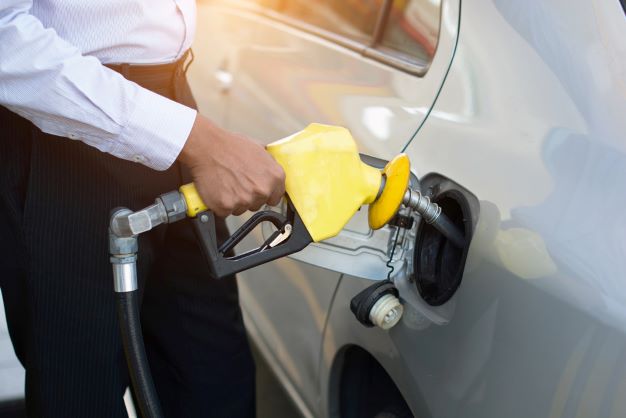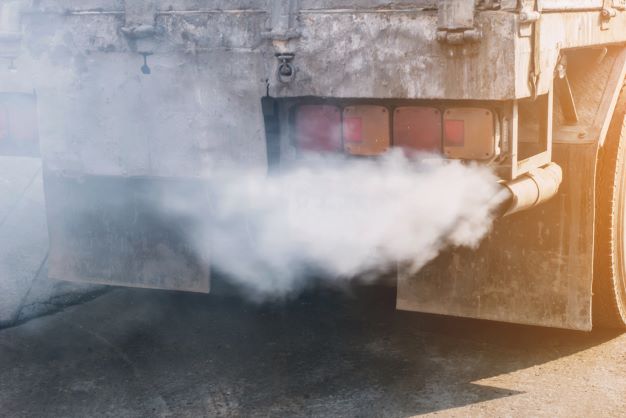Delhi is currently dealing with one of the worst smogs in years. The capital has been engulfed in toxic smog for a few days, with overall air quality ranging from ‘very unhealthy’ to ‘hazardous,’ according to the World Air Quality Index Project.
It got so bad that local authorities banned diesel vehicles—including trucks—that don’t meet Bharat Stage 6 (BS-VI) emission norms from entering the city, save for those fulfilling essential functions. Because heavy equipment like excavators also run on diesel, construction work in the city stopped. Authorities expect the air quality to improve soon, albeit slowly.
While diesel engines have become more efficient over the years, their harmful emissions, such as nitric oxide and carbon dioxide, are still problematic. Studies have shown that fossil fuel emissions account for 30% of fatalities in the country annually. Vehicle owners should do their part to help lower the number of toxic gases in the air, and the following ways are a good start:
- Proper Repair And Maintenance
Many owners are guilty of putting off repairs and maintenance until the issue worsens enough. A Check Engine light probably won’t make them take action unless they start to hear weird sounds from the engine. However, such a mindset will only lead to owners spending more to deal with a more complicated problem.
When this warning light is on, it usually implies a range of problems, from an improperly-sealed fuel cap to a malfunctioning airflow sensor. Even the term ‘Check Engine’ can sometimes be a misnomer, as the problem isn’t necessarily in the engine itself. It can be simple or complex, but the only way to tell is to get it scanned by a mechanic.
Aftertreatment systems that encounter a problem will also set the Check Engine light off since they’re responsible for breaking down toxic engine exhaust gases. Any of its four fundamental components breaking down can render the entire system inoperable. That’s why it’s crucial to maintain and repair after treatment systems as soon as possible.
- BS-VI-Compliant Fuel

As of April 2020, the government has mandated that automobile manufacturers and sellers build and sell vehicles compliant with BS-VI emission norms. Based on the Euro 6 emission standards, BS-VI imposes the following limits on diesel emissions and fuel mixtures:
- 80 mg/km of nitrogen oxides
- 170 mg/km of combined hydrocarbons and nitrogen oxides
- 4.5 mg/km of particulate matter
- 10 ppm of sulfur content in fuel
- 70% less nitrogen oxide in fuel
These lowered limits are significant when compared to the preceding BS-IV norms. One reason is that implementing BS-IV nationwide took too long, prompting the government to skip BS-V and integrate it with BS-VI.
BS-VI may urge people to replace their non-compliant vehicles with brand-new ones, but not everyone can afford that option. Experts assess that the price difference between a BS-IV and BS-VI-compliant vehicle is around INR₹2.5 lakhs.
Until that option becomes financially feasible, you can keep using your BS-IV diesel vehicle without worrying about loading up on BS-VI diesel. Even if the amount of sulfur in BS-VI diesel is much lower (sulfur is vital for lubricating fuel injectors), it’s formulated with sulfur substitutes. However, note that this will increase maintenance costs in the long term.
- Best Driving Practices
According to recent World Health Organization data on traffic-related deaths, India is one of the most dangerous countries for motorists. For every 100 drivers, only seven wear seat belts. Then again, anyone regularly driving around the NCR can attest to how chaotic driving can get.
It isn’t unusual to see examples of how not to drive, from bike riders without helmets to fully loaded trucks going down the wrong side of the road. Not only are some of these driving habits dangerous, but they also waste precious fuel. Erring vehicles emit gases committing these ill-advised practices, only to emit more to correct them if they choose to.
Speaking from experience, many motorists say telling others to follow traffic rules is pointless. The best thing any motorist can do is learn to adapt to the chaos and exercise restraint. Here are several driving safety tips that can also cut your emissions.
- Follow safe speeds, not essentially the maximum. Studies show that fuel consumption is at its lowest when driving between 60 and 80 km/h on an open road.
- Stay within your lane, only changing lanes when overtaking. Even then, don’t rely on overtaking too much, as it’s only ideal in a few situations.
- Leave enough space between the vehicle in front and yours should you need to hit the brakes. Under optimal driving speeds, the ideal braking distance is between 2 and 2.5 seconds. Add one second when driving in poor visibility or on wet roads.
Most of these practices don’t require putting the pedal to the metal, meaning expending less fuel. Of course, less fuel consumed leads to reduced emissions.
Conclusion
Clean air is in everyone’s interests, including vehicle owners. Dense smog makes driving harder, on top of the fact that inhaling its cocktail of toxic gases can be fatal. If every car or truck on the road adopts these tips, it’ll go a long way to breathing safely.

